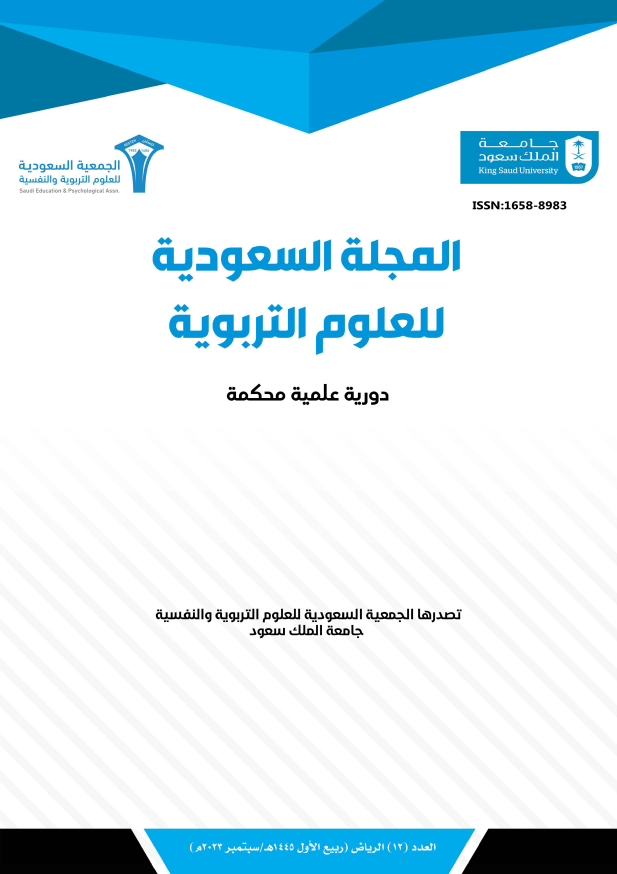Underperforming schools in the Kingdom of Saudi Arabia Clustering analysis using TIMSS 2019 Microdata
الملخص
This paper aims to identify disadvantaged groups of schools in the Kingdom of Saudi Arabia and offer tailored recommendations to improve these schools’ performance. The empirical analyses conducted in this paper are based on the 8th-grader’s microdata from the Trends in International Mathematics and Science Study (TIMSS 2019). To identify groups of schools with homogenous characteristics, we used k-means clustering and latent profile (for the sake of robustness checks). Statistical grouping allowed us to identify sub-groups of schools and latent patterns of their performance. After identifying the main differences between school clusters, the weighted regressions on their mathematics and science achievements were performed using the explanatory variables describing the school, teacher, and student characteristics. Results show that the low-performing cluster is, on average, around 150 points below the top-performing one (which performs close to the international average), which means that students from the disadvantaged cluster are far behind basic curriculum requirements. Those schools differ fundamentally concerning student and school resources, environment, teaching method, and teachers’ characteristics. The data show that support for students in these schools is indispensable, including providing them with access to appropriate educational materials they cannot access at home.




